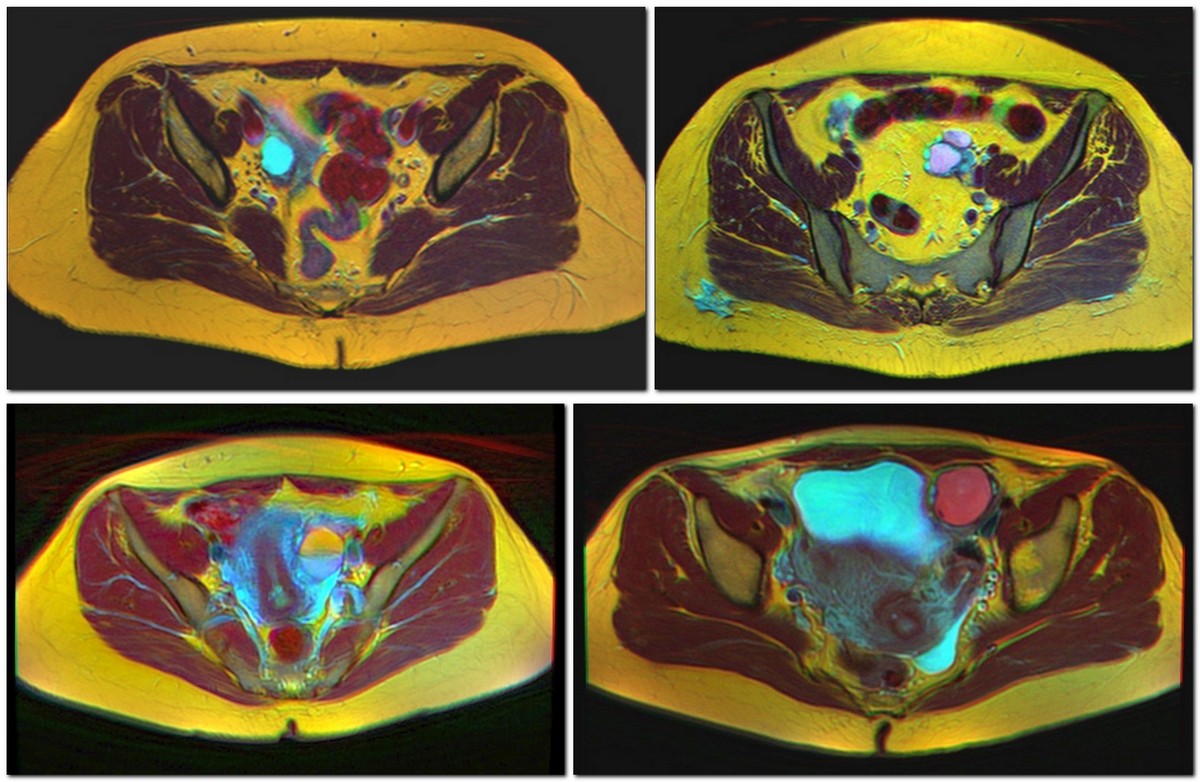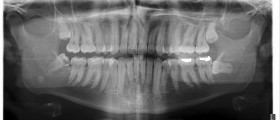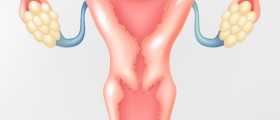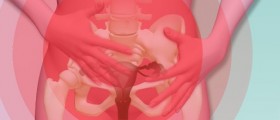
Ovarian cysts are rather common problem in women during their reproductive years. Some ovarian cysts are small and may withdraw spontaneously and a woman does not have to be aware of their presence. On the other hand, in some cases if left neglected ovarian cysts can cause serious complications. Apart from functional cysts which are the most common, other types of ovarian cyst include dermoid cyst, endometriomas and cystadenomas. Dermoid cysts contain different tissues such as hair, skin or even teeth and they are usually not malignant. Still they can become too large and push out the ovary from its original position. This can result in ovarian torsion. Endometriomas are cysts which develop in endometriosis and they consist of uterine cell. And finally, cystadenomas originate from ovarian tissue. They may be filled with a watery liquid or mucus. They can become rather large and also carry risk of ovarian torsion.
Symptoms of Ovarian Cysts
If there are no symptoms or signs of ovarian cysts they can be accidentally discovered by routine pelvic ultrasound and gynecological examination. Ovarian cysts tend to occur and withdraw spontaneously and these processes may repeat. If big enough ovarian cysts usually cause lower abdominal or pelvic pain. The pain occurs all of a sudden and a woman may suffer from irregular menstrual cycles. In case of huge cysts one suffers from a feeling of fullness in the pelvis or lower abdomen. In some women ovarian cysts may cause permanent pain. The pain may radiate towards the lower back. Additional symptoms include difficulty during urination and defecation, painful sexual intercourse, nausea and vomiting. Many of the previously mentioned symptoms are not unique for ovarian cysts and may also occur in other medical conditions of the abdominal or pelvic organs. This is why a well experienced doctor must reconsider differential diagnosis and after performing standard physical and gynecological examination additional tests and examinations must be performed to set the definitive diagnosis.
Ovarian Cysts and Complications
Large ovarian cyst is always a cause of abdominal discomfort, particularly if it presses the bladder. This causes frequent urination and increased urge for urination. The doctor must always think of potential malignancy when it comes to ovarian cysts. This is why, many women undergo aspiration, a process during which a fluid from the cyst is taken with a needle and sent for pathohystological examination. The most serious complication of ovarian cysts is their rupture. The rupture basically occurs when the cyst becomes too large. The pain caused by rupture is excruciating and there is vaginal bleeding. And finally, one more complication is torsion of a cyst. This is also a very serious complication and just like the rupture it requires surgical treatment.

















Your thoughts on this
Loading...